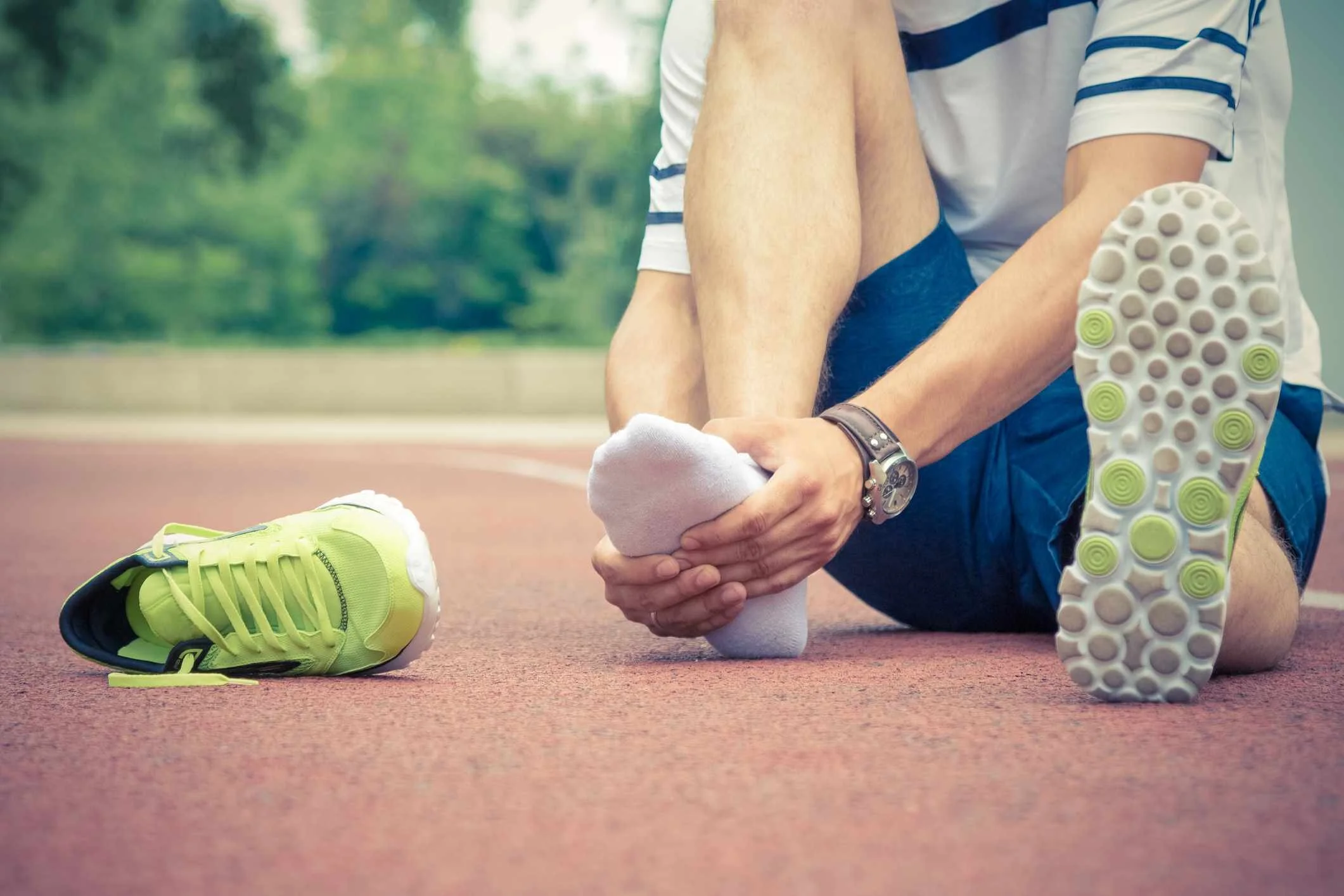What is Sever's Disease?
Severs disease is caused by repetitive stress to the heel. The repeated stress pulls on the growth plate (soft cartilage) of the heel bone where the Achilles tendon attaches. Severs disease is a condition that occurs during a growth spurt. Repeated stress from activities such as running and jumping causes inflammation at the growth plate. Additional factors can cause further irritation to the growth plate such as poor biomechanics, running without shoes, and tight calves.
What are the Signs and Symptoms of Sever's Disease?
+ Swelling in the heel
+ Stiffness in the foot and ankle in the morning
+ Pain with walking, jumping and running
+ Pain when the heel is squeeze or palpated
What is the Treatment of Sever's Disease?
The Physiotherapist will identify factors that may be attributing to the pain in the heel. Commonly this is playing too much sport at lunch time and after school. The Physiotherapist will examine the patients’ biomechanics and advise whether orthotics or taping may help relieve pain.
Ibuprofen often helps relieve the pain, however rest is the best form of treatment. The patient can perform a gentle calf stretch but is not recommended as this will pull on the inflamed growth plate.

